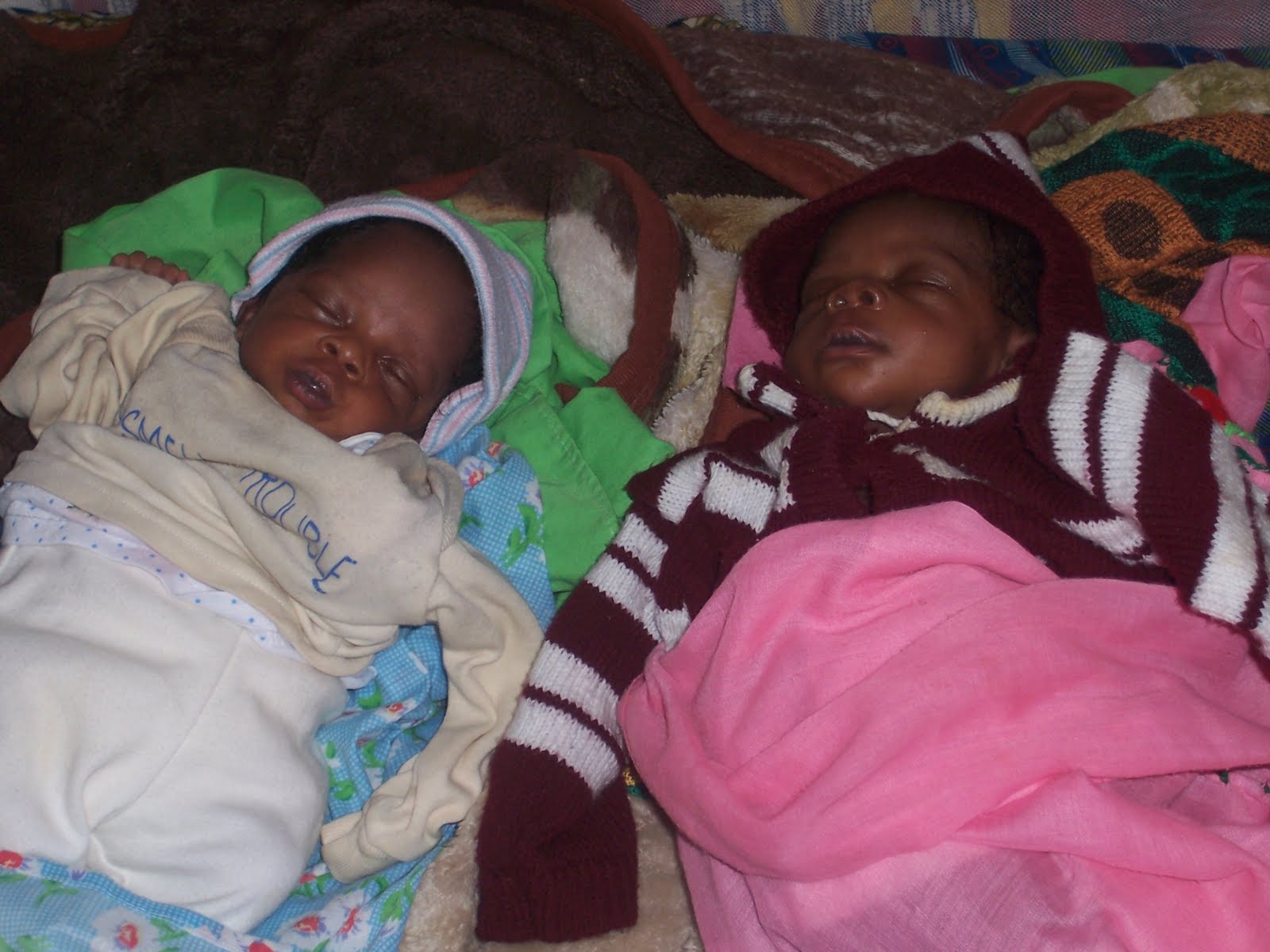

Vanishing twin syndrome usually occurs in the first trimester of pregnancy. Yes, it is possible to miscarry just one twin in pregnancies, and this can happen in the following conditions. These facts may make some women wonder whether it is possible to miscarry one twin. In cases of multiple pregnancies, the risk of miscarry will increase. According to statistics from the APA ( American Pregnancy Association), a quarter of all pregnancies end in miscarriage.

Of the remaining 21 cases, 50% occurred within the first 10 days after discharge from delivery, and 75% occurred within 25 days after discharge.Miscarriage is extremely distressing and is sadly very common. Of the 110 diagnoses of venous thromboembolism with peripartum hysterectomy, 89 (81%) occurred during delivery admission. Comparing the risk of venous thromboembolism by mode of delivery, the unadjusted and adjusted incidences of venous thromboembolism were 6.9 (95% confidence interval, 6.5–7.3) and 7.4 (95% confidence interval, 6.9–7.8) per 10,000 deliveries among women after vaginal delivery without peripartum hysterectomy, 12.5 (95% confidence interval, 11.8–13.1) and 11.3 (95% confidence interval, 10.7–12.0) per 10,000 deliveries after cesarean delivery without hysterectomy and 217.2 (95% confidence interval, 169.1–265.2) and 96.9 (95% confidence interval 76.9-126.5) per 10,000 deliveries after hysterectomy, regardless of mode of delivery. The risk of venous thromboembolism was significantly higher in women who underwent a hysterectomy than in women who did not have a hysterectomy (unadjusted odds ratio, 25.1 adjusted odds ratio, 11.2 P<.001). Moreover, 110 patients (215.8 per 10,000 deliveries) were diagnosed with venous thromboembolism after hysterectomy.

Of the 4,419,037 women with deliveries, 5098 (11.5 per 10,000 deliveries) underwent a hysterectomy.

Analyses used survey weights to obtain population estimates. Diagnoses that may have been indications for peripartum hysterectomy were identified among patients who underwent a hysterectomy and compared between those who did and did not have venous thromboembolism. Similarly, venous thromboembolism risk was compared by mode of delivery, including hysterectomy. Multivariable logistic regressions were used to estimate associations between venous thromboembolism and hysterectomy, adjusted for the following characteristics: maternal age, payer at time of delivery, obesity, hypertension, diabetes mellitus, tobacco use, multifetal gestation, peripartum infection, and peripartum hemorrhage. The incidence of venous thromboembolism during delivery and rehospitalizations within 6 weeks after discharge was compared among women who had and did not have a peripartum hysterectomy. Delivery encounters and all variables of interest were identified using the International Classification of Diseases, Tenth Revision diagnosis and procedure codes. This was a cross-sectional study of women with delivery encounters identified in the Nationwide Readmissions Database from October 2015 to December 2017.


 0 kommentar(er)
0 kommentar(er)
